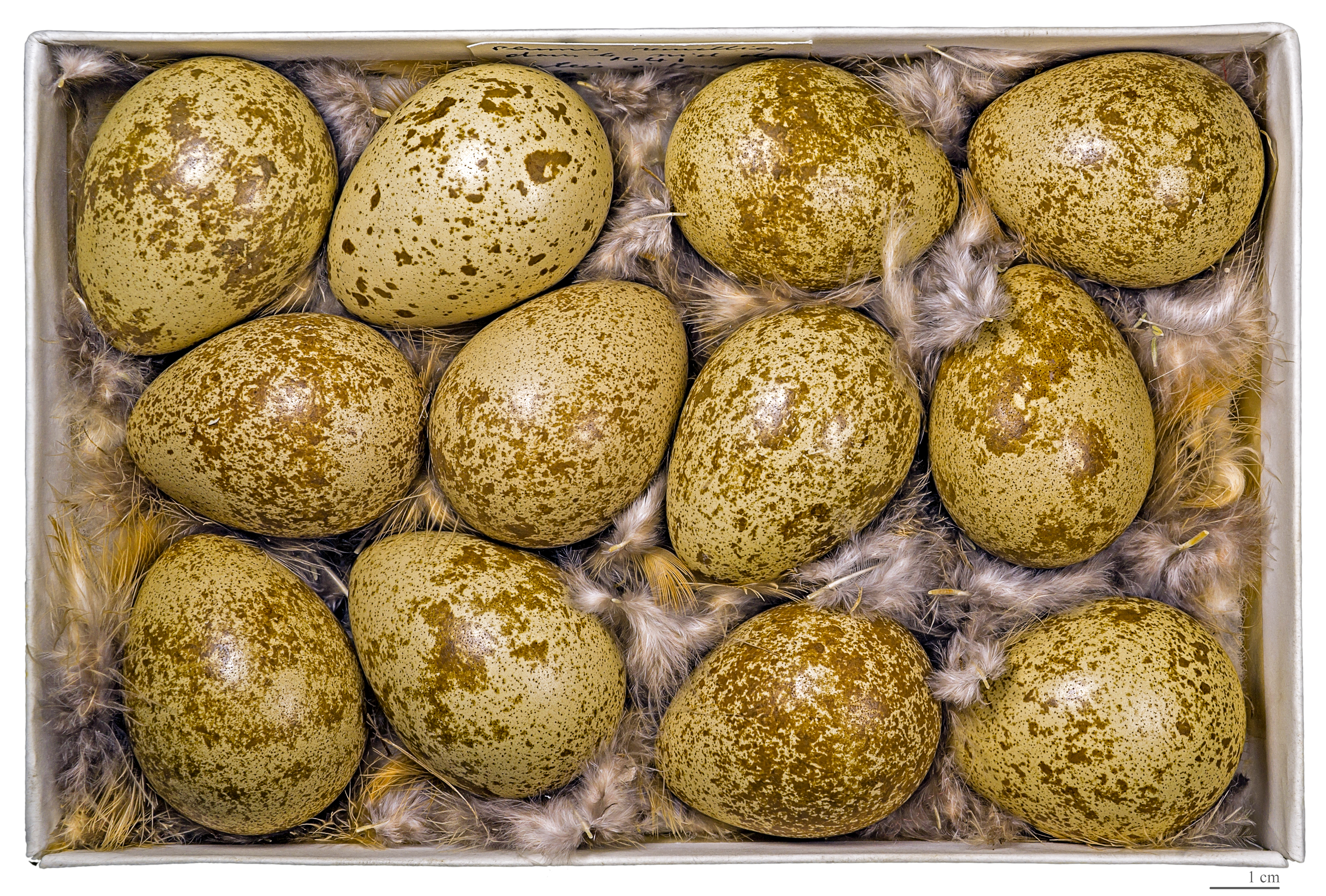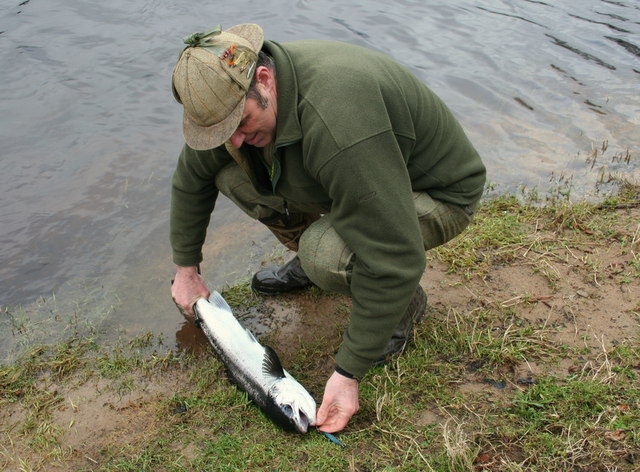|
Gamekeeper
In the United Kingdom, a gamekeeper (often abbreviated to keeper) is a person who manages an area of countryside (e.g., areas of woodland, moorland, waterway or farmland) to make sure that there is enough Game (hunting), game for hunting, or fish for fishing, and acts as guide to those pursuing them. Description Typically, a gamekeeper is employed by a landowner or by a country Estate (house), estate, to prevent poaching, to rear and release game birds such as common pheasants and French partridge, eradicate pests, encourage and manage wild red grouse, and to control predators such as weasels, to manage habitats to suit game, and to monitor the health of the game. Today, some three thousand full-time gamekeepers are employed in the UK, compared to as many as 25,000 at the beginning of the 20th century. In addition, there are many people who spend their leisure time and money rearing game and maintaining habitats on their own small shoots. There are several variations in gameke ... [...More Info...] [...Related Items...] OR: [Wikipedia] [Google] [Baidu] [Amazon] |
Newton Rigg College
Newton Rigg College was an agricultural college near Penrith, Cumbria, Penrith, Cumbria, England, founded in 1896 as the Cumberland and Westmorland Farm School. From 2011 it was part of Askham Bryan College, which in 2020 announced that it would close in 2021. History The Cumberland and Westmorland Farm School was founded in 1896 by Henry Howard (MP for Penrith), Henry Charles Howard, of Greystoke Castle, Member of parliament, MP for Penrith (UK Parliament constituency), Penrith. Local business leaders involved in the committee which led to its foundation included builder George Henry Pattinson JP, OBE, engineer Gilbert Gilkes and paper-maker James Cropper (businessman), James Cropper. Newton Rigg farm, between Newton Reigny and Penrith, Cumbria, Penrith, was bought to be the school's premises. Initially the school offered dairying courses for girls in summer, and farming courses for boys in the winter when they had less farm work and could be spared. In 1967 the school was ren ... [...More Info...] [...Related Items...] OR: [Wikipedia] [Google] [Baidu] [Amazon] |
Hunting
Hunting is the Human activity, human practice of seeking, pursuing, capturing, and killing wildlife or feral animals. The most common reasons for humans to hunt are to obtain the animal's body for meat and useful animal products (fur/hide (skin), hide, bone/tusks, horn (anatomy), horn/antler, etc.), for recreation/taxidermy (see trophy hunting), although it may also be done for resourceful reasons such as removing predators dangerous to humans or domestic animals (e.g. wolf hunting), to pest control, eliminate pest (organism), pests and nuisance animals that damage crops/livestock/poultry or zoonosis, spread diseases (see varmint hunting, varminting), for trade/tourism (see safari), or for conservation biology, ecological conservation against overpopulation and invasive species (commonly called a culling#Wildlife, cull). Recreationally hunted species are generally referred to as the ''game (food), game'', and are usually mammals and birds. A person participating in a hunt is a ... [...More Info...] [...Related Items...] OR: [Wikipedia] [Google] [Baidu] [Amazon] |
Red-legged Partridge
The red-legged partridge (''Alectoris rufa'') is a gamebird in the pheasant family Phasianidae of the order Galliformes, gallinaceous birds. It is sometimes known as French partridge, to distinguish it from the English or grey partridge. The genus name is from Ancient Greek ''alektoris'' a farmyard chicken, and ''rufa'' is Latin for red or rufous. It is a rotund bird, with a light brown back, grey breast and buff belly. The face is white with a black gorget. It has rufous-streaked flanks and red legs. When disturbed, it prefers to run rather than fly, but if necessary it flies a short distance on rounded wings. This is a seed-eating species, but the young in particular take insects as an essential protein supply. The call is a three-syllable ''ka-chu-chu''. Taxonomy The red-legged partridge was formally described in 1758 by the Swedish naturalist Carl Linnaeus in the tenth edition of his ''Systema Naturae'' under the binomial name ''Tetrao rufus''. Linnaeus designated the ... [...More Info...] [...Related Items...] OR: [Wikipedia] [Google] [Baidu] [Amazon] |
Heather Burning
Heather may refer to: Plants *The heather family, or Ericaceae, particularly: **Common heather or ling, ''Calluna'' **Various species of the genus ''Cassiope'' **Various species of the genus ''Erica'' Name * Heather (given name) * Heather (surname) Arts and media * ''Heathers'', a 1989 film directed by Michael Lehmann ** '' Heathers: The Musical'', a musical by Laurence O'Keefe based on the film ** ''Heathers'' (TV series), a 2018 television series based on the film * "Heather" (''The Secret Circle''), a television episode Music * Heathers (band), an acoustic singing duo from Ireland * "Heather" (Beatles song), an unreleased 1968 song by Paul McCartney and Donovan * "Heather" (Conan Gray song), a 2020 song by American singer Conan Gray * "Heather", a song from fusion drummer Billy Cobham's 1974 album ''Crosswinds'' * "Heather", a 2001 song by Paul McCartney from the album ''Driving Rain'' * "Heather", a song from ''Patent Pending'' by Heavens * "Heather", a version of th ... [...More Info...] [...Related Items...] OR: [Wikipedia] [Google] [Baidu] [Amazon] |
Atlantic Salmon
The Atlantic salmon (''Salmo salar'') is a species of ray-finned fish in the family Salmonidae. It is the third largest of the Salmonidae, behind Hucho taimen, Siberian taimen and Pacific Chinook salmon, growing up to a meter in length. Atlantic salmon are found in the northern Atlantic Ocean and in rivers that flow into it. Most populations are anadromous, hatching in streams and rivers but moving out to sea as they grow where they mature, after which the adults seasonally move upstream again to spawn. When the mature fish re-enter rivers to spawn, they change in colour and appearance. Some populations of this fish only migrate to large lakes, and are "landlocked", spending their entire lives in freshwater. Such populations are found throughout the range of the species. Unlike Pacific species of salmon, ''S. salar'' is iteroparous, which means it can survive spawning and return to sea to repeat the process again in another year with 5–10% returning to the sea to spawn again ... [...More Info...] [...Related Items...] OR: [Wikipedia] [Google] [Baidu] [Amazon] |
Brown Trout
The brown trout (''Salmo trutta'') is a species of salmonid ray-finned fish and the most widely distributed species of the genus ''Salmo'', endemic to most of Europe, West Asia and parts of North Africa, and has been widely introduced globally as a game fish, even becoming one of the world's worst invasive species outside of its native range. Brown trout are highly adaptable and have evolved numerous ecotypes/subspecies. These include three main ecotypes: a riverine ecotype called river trout or ''Salmo trutta'' morpha ''fario''; a lacustrine ecotype or ''S. trutta'' morpha ''lacustris'', also called the lake trout (not to be confused with the lake trout in North America); and anadromous populations known as the sea trout or ''S. trutta'' morpha ''trutta'', which upon adulthood migrate downstream to the oceans for much of its life and only returns to fresh water to spawn in the gravel beds of headstreams. Sea trout in Ireland and Great Britain have many regional names: ... [...More Info...] [...Related Items...] OR: [Wikipedia] [Google] [Baidu] [Amazon] |
River Spey
The River Spey () is a river in the northeast of Scotland. At it is the ninth longest river in the United Kingdom and the third longest and fastest-flowing river in Scotland. It is an important location for the traditions of salmon fishing and whisky production in Scotland. Etymology The origin of the name ''Spey'' is uncertain. A possible etymological genesis for the name ''Spey'' is Early Celtic ''*skwej-'', meaning "thorn". The involvement of a Pictish form of Welsh ''ysbyddad'', meaning "hawthorn", has been suggested, but adjudged unlikely. One proposal is a derivation from a Pictish cognate of Old Gaelic ''sceïd'', "vomit" (cf. Welsh ''chwydu''), which is dubious both on phonological and semantic grounds. Ptolemy named the river on his map of 150 as ''Tuesis''. The name 'Spey' first appears in 1451. Course The Spey is long. It rises at over at Loch Spey in Corrieyairack Forest in the Scottish Highlands, south of Fort Augustus. Some miles downstream from i ... [...More Info...] [...Related Items...] OR: [Wikipedia] [Google] [Baidu] [Amazon] |
Gillie
or is an ancient Gaelic term for a person who acts as a servant or attendant on a fishing, hunting, deer stalking or hawking expedition, primarily in the Scottish Highlands or on a river such as the River Spey. In origin it referred especially to someone who attended on behalf of his male employer or guests. This position still exists in some Highland locations , such as the Isle of Skye, according to the BBC. They are no longer manservants or attendants and do not carry chiefs across rivers as in the distant past; today, they "manage the wilderness and guide travellers through it". Etymology The origin of this word dates from the late 16th century, from the Scottish Gaelic ''gille'', "lad, servant", cognate with the Irish ''giolla''. Historically, the term was used for a Highland chief's attendant. A ghillie-weetfit, a term now obsolete (a translation of "gille-caisfliuch", from the Gaelic ''cos'' 'foot' or 'leg', and ''fliuch'' 'wet'), was the ghillie whose duty was to ... [...More Info...] [...Related Items...] OR: [Wikipedia] [Google] [Baidu] [Amazon] |
Red Grouse
The red grouse (''Lagopus scotica'') is a medium-sized bird of the grouse family which is found in Calluna, heather moorland in Great Britain and Ireland. It was formerly classified as a subspecies of the willow ptarmigan (''Lagopus lagopus'') but is now considered to be a separate species. It is also known as the moorcock, moorfowl or moorbird. ''Lagopus'' is derived from Ancient Greek (), meaning "hare", + (), "foot", in reference to the feathered feet and toes typical of this cold-adapted genus, and ''scotica'' means "of Scotland". The red grouse is the logo of The Famous Grouse whisky and an animated bird is a character in a series of its advertisements. The red grouse is also the emblem of the journal ''British Birds (magazine), British Birds''. Description The red grouse is distinguished from the willow ptarmigan and rock ptarmigan by its reddish brown plumage, rather than the white winter plumage. The tail is black and the legs are white. There are white stripes on t ... [...More Info...] [...Related Items...] OR: [Wikipedia] [Google] [Baidu] [Amazon] |






